Taking inspiration from a remarkable exhibition shown in Russia just before Stalin’s clampdown on artistic expression, the RA will mark the historic centenary of the Russian Revolution by focusing on the 15-year period between 1917 and 1932 when possibilities seemed limitless and Russian art flourished across every medium. This far-ranging exhibition will – for the first time – survey the entire artistic landscape of post-Revolutionary Russia and will also include photography, sculpture, filmmaking, and evocative propaganda posters from what was a golden era for graphic design. Revolutionary in their own right, together these works capture both the idealistic aspirations and the harsh reality of the Revolution and its aftermath. Find out more about the ‘Revolution’ exhibition from the Royal Academy’s website.
Preview the exhibition below | The top five exhibitions opening this week
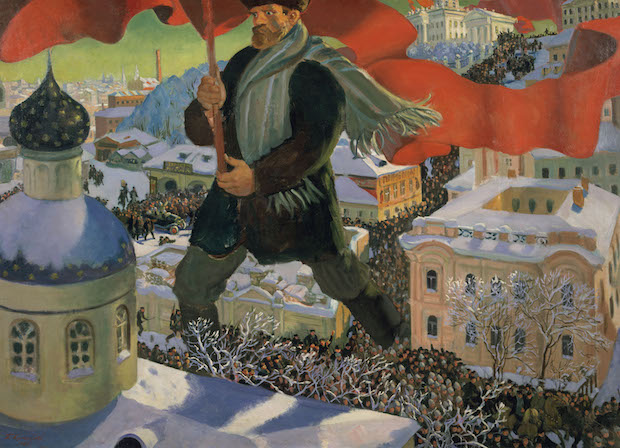
Bolshevik (1920), Boris Mikailovich Kustodiev. Photo © State Tretyakov Gallery
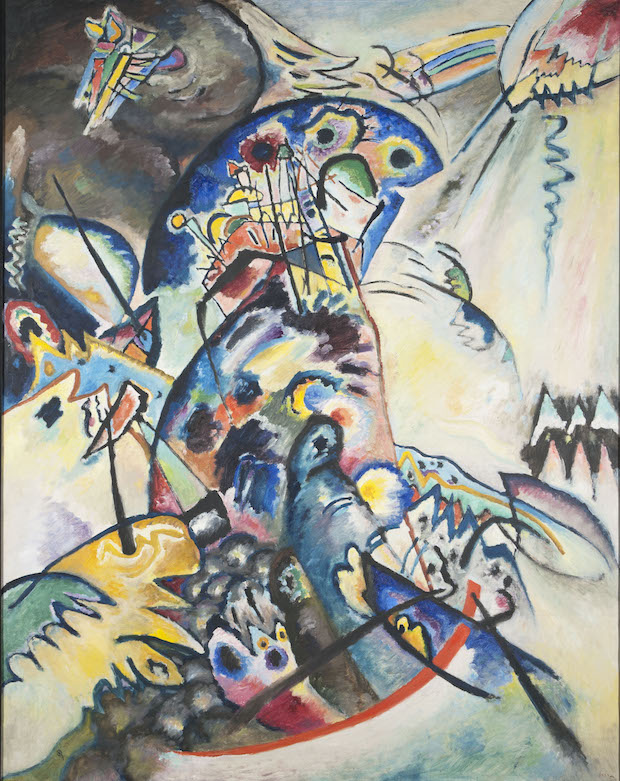
Blue Crest (1917), Wassily Kandinsky. Photo © 2016, State Russian Museum, St. Petersburg
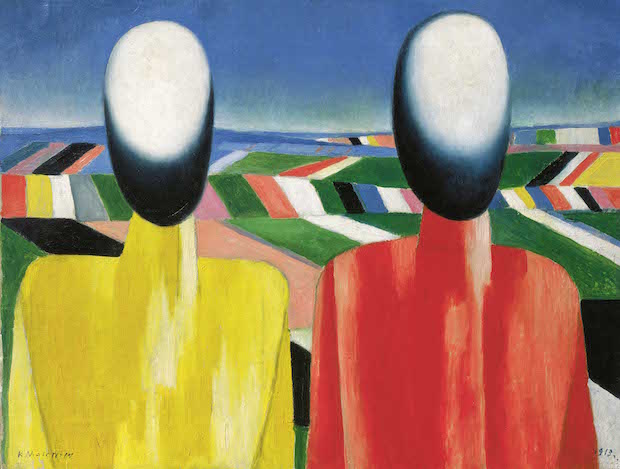
Peasants (c. 1930), Kazimir Malevich. Photo © 2016, State Russian Museum, St. Petersburg
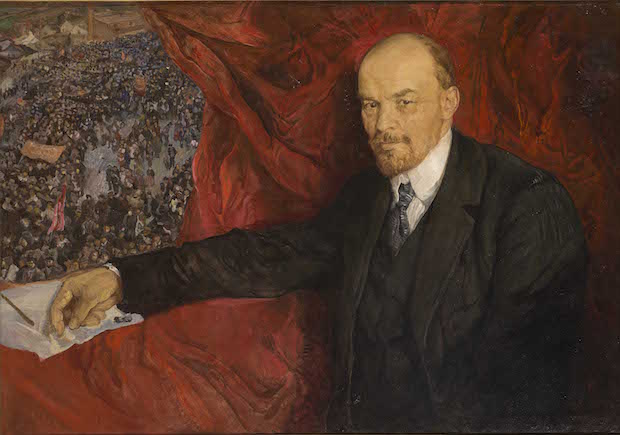
V.I.Lenin and Manifestation (1919), Isaak Brodsky. Photo © Provided with assistance from the State Museum and Exhibition Center ROSIZO
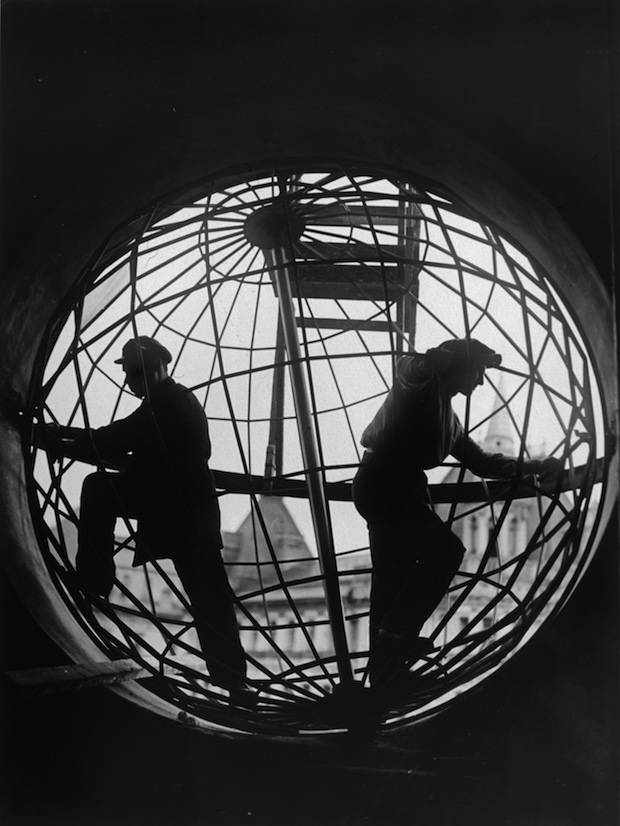
Construction of the Moscow Telegraphic Centre (1928), Arkadii Shaiket. Copyright Arkady Shaikhet, Courtesy of Nailya Alexander Gallery, New York










![Masterpiece [Re]discovery 2022. Photo: Ben Fisher Photography, courtesy of Masterpiece London](http://www.apollo-magazine.com/wp-content/uploads/2022/07/MPL2022_4263.jpg)
Has the Fitzwilliam lost the hang of things?